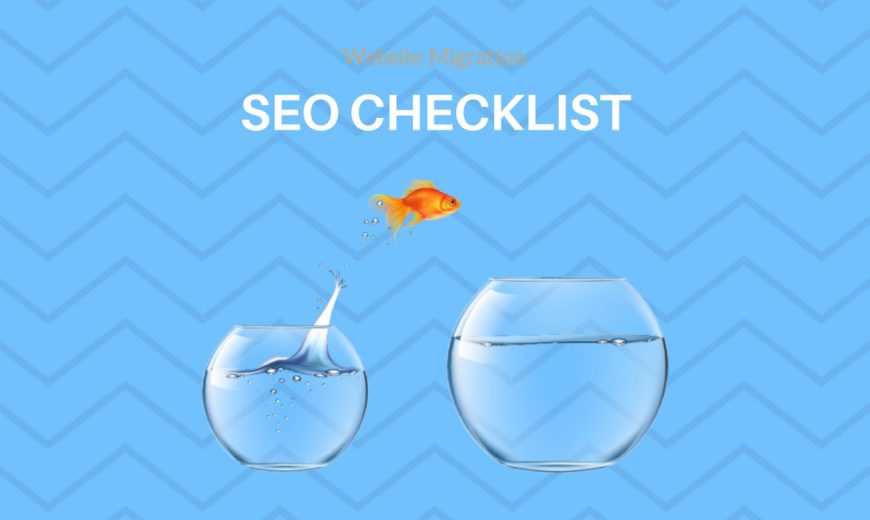
On this page
Website redesigns allow us to redesign our whole website and even brand. We are able to make our site look intriguing, eye catching, be interactive and attention grabbing to the consumer, even enable them to view our products on any type of device they may own. However, the redesign is not just about how impressive we can make the site look on the surface. We also have to consider what is under the hood with the upcoming website migration.
All the hours you and your marketing team have spent on SEO over the last few years, why should it go to waste when you decide to upgrade your site. The short answer is it doesn’t!Site migrations are a significant project from a search marketing perspective and therefore should be considered as a high priority to ensure everything is completed correctly before it is performed.
Therefore, Digilari has put together this checklist of the key points that need to be addressed prior to the site launch.
1. Planning for Website Migration
- Be realistic: In the long run the site re-design is going to be beneficial, but in the short term lets understand that the site migration may have a minor impact on key figures such as rankings, traffic, conversions, bounce rate, pages per session and time one site.
- An audit of your old site is crucial to establish what worked and what didn’t. Assess your pages, if you are not learning anything from them then neither are your visitors.
- Site Launch: Pick a time when business is expected to be slow, to avoid any migration/launch issues and to provide you with time to fix any bugs (there will be bugs!) that arise, so as to reduce the inconvenience on customers.
- Explore and plan alternative sources to attract traffic to the new site, so as to reduce the impact on business. For example some paid advertising such as Ads and Facebook marketing EDM….
2. Pre-Launch Stage
- Make and always keep a back-up of the old website.
- Take note of all pages with links and if the site is to be migrated ensure you prioritise a list of URL’s to be redirected. A redirect URL map may be an easy way to highlight what URL’s need to be re-directed and where to.
- Set-up 301 redirects to ensure SEO from the old URLs is transferred to the new URLs.
- Benchmark the old site’s performance so you have key figures to compare the new site’s performance to.
- When you believe the new site is complete, carry out an extensive audit on all pages ensuring the functionality and appearance are all working and looking good.
- Analyse the backlinks you have on your webpages and remove low quality or spam looking ones. Remember it is quality of over quantity.
- Using excel or google spreadsheet, keep a record of the backlinks to your site:
Backlink, Anchor text and target URL. These need to be reviewed once the site has gone live, to make sure they work. - Identify high quality and commonly searched keywords across the site, and write high quality content towards those keywords. Again quality over quantity, pick a few important keywords, don’t bombard your pages with them.
- Use keywords that a human searching for your site would use, the best websites are crafted with their visitors in mind.
- Set-up rank tracking for the individual keywords on the current site, so when we launch the new site we can assess if we have maintained our keyword rankings, we can also observe keyword movement and be active in preventing any drop in rankings.
- Consider your URL structure, just like searchers, search engines prefer URL’s that make it easy to understand what your page content is all about.
- Transfer all the title tags, page titles and meta descriptions over to the new site or ensure they migrate over.
- Do all your images have alt text? SEO migration for the new images on the new websites is also important.
- Add analytics and goal tracking to your site so you can analyse the results from your new site.
If you have any question do not hesitate to contact us and we’ll be pleased to answer them all for you!





